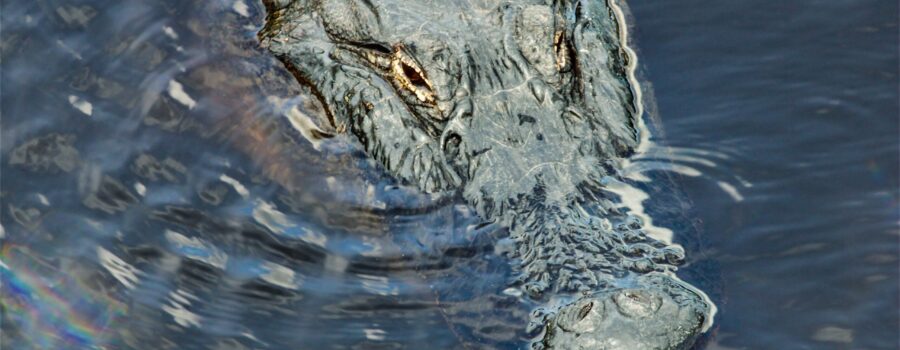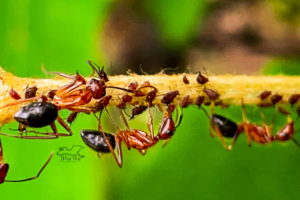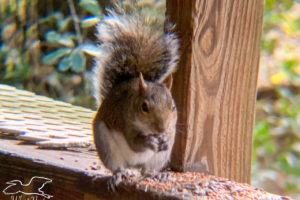American Alligators are Very Important to the Environment

On my most recent trip to Payne’s Prairie, we were able to see quite a few American alligators (Alligator mississippiensis). Some, like this one, were swimming in the spring fed creek, but most were enjoying the sun and were basking on the shore or on small islands in the stream. The water seemed to be quite full of fish if the fishing success of the wading birds was any indication, and all of the gators seemed to be well fed. During the entire time that we were there we didn’t see a single alligator engaged in hunting behavior. But don’t let that fool you. The American alligator is an apex predator and is capable of catching and killing a variety of species, including human beings. Fortunately, unless people get too close to a nest or interfere with young, most alligators would just as soon stay away from people.
As well as being an apex predator, gators are a keystone species in their habitats, and they can be very important in helping to return developed land back to the wild. Alligators are well known for digging what are known as “gator holes”, which can get fairly deep. During wet periods the holes fill with water, and then during dry times they provide swampy habitat both for alligators and for many other water dependent species. In addition, these holes help to restructure wetland banks, especially very flat ones, allowing more nesting spots for wildlife and more areas for growth of trees, bushes, and grasses.
The next time you’re out and about, either on foot or in a boat or a kayak, and you come across an alligator, don’t be frightened. Instead, treat that animal with the respect it deserves for both its importance to its environment and its prowess as an apex predator (as well as quite a few other reasons, including that all wildlife should be treated respectfully).




